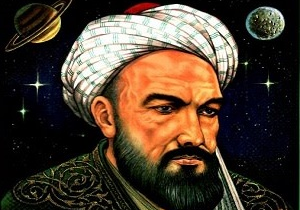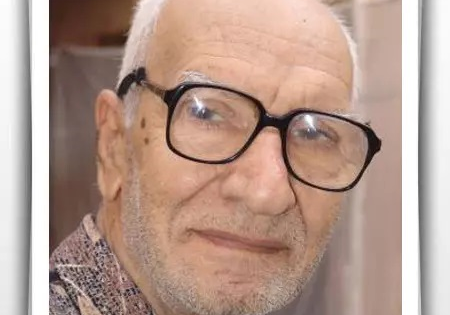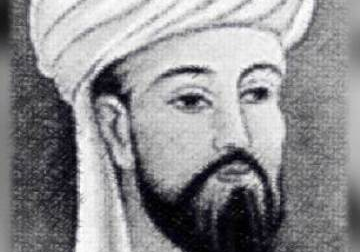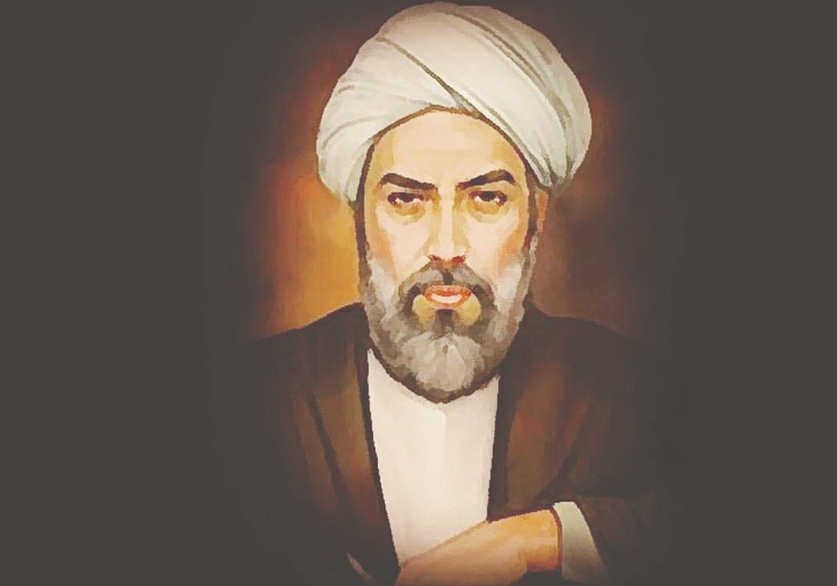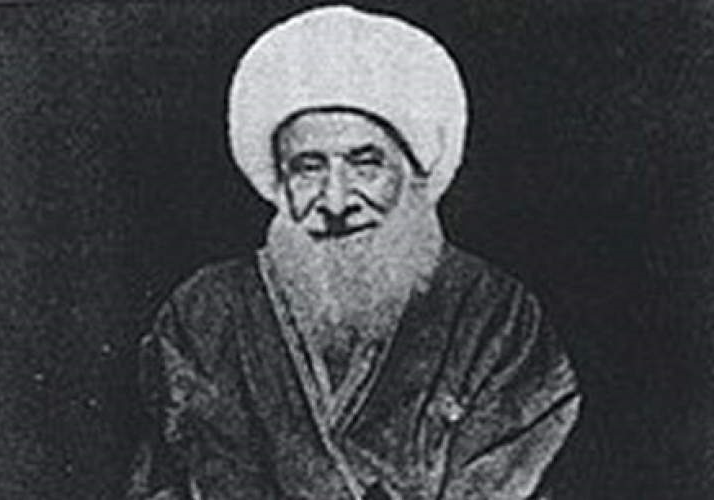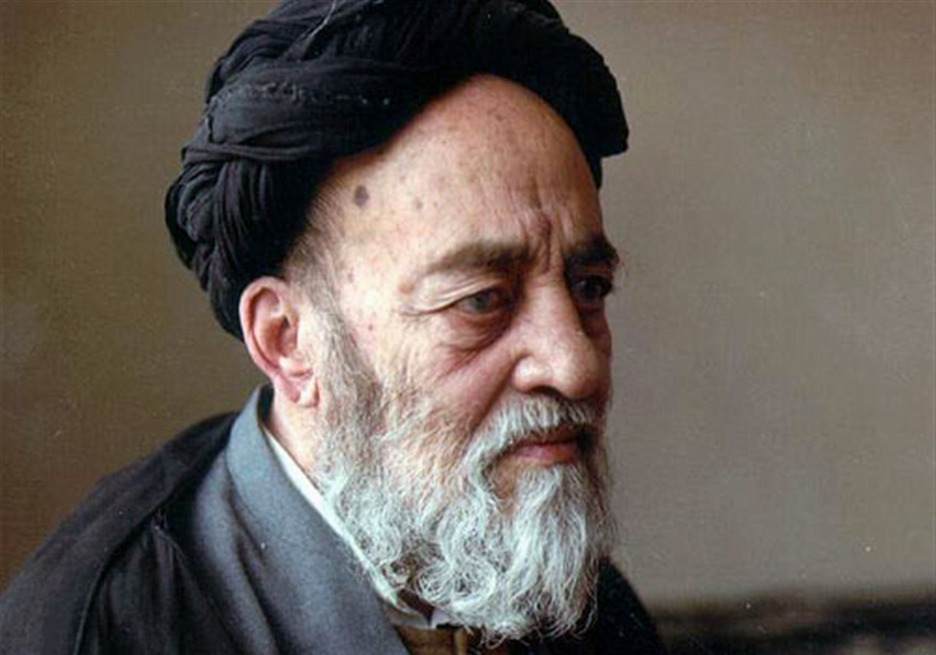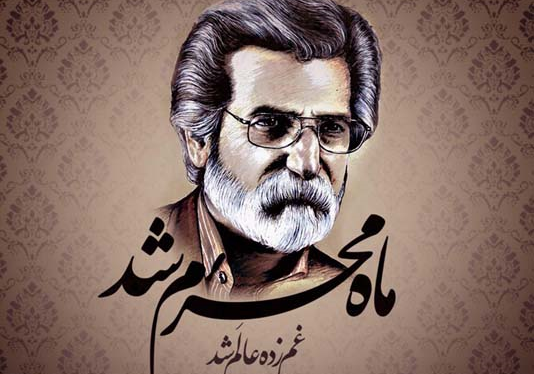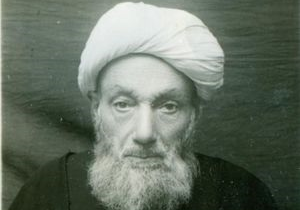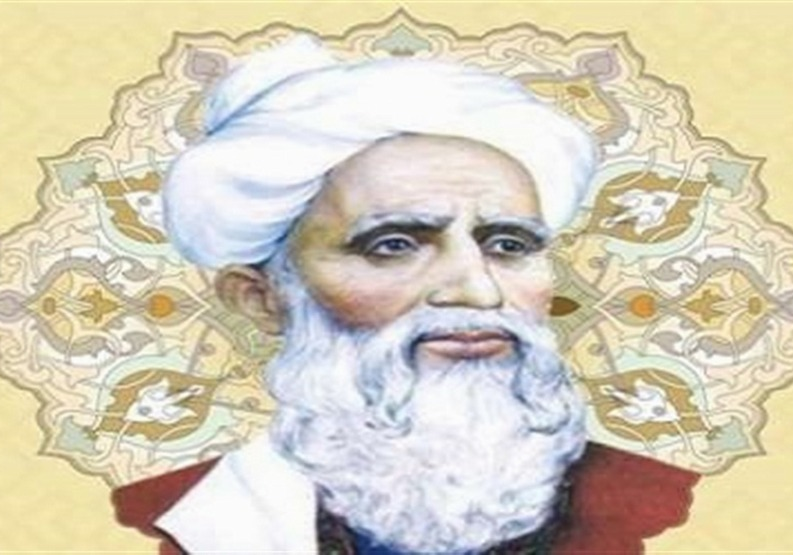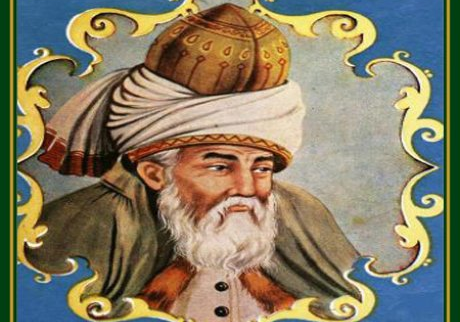
Attar Neyshabouri
Ο Farid al-Din Abu Ḥamed Mohammad bin Abu Bakr, ευρέως γνωστός ως Attar Neyshabouri - ένας από τους διάσημους Ιρανούς μυστικιστές και ποιητές της περσικής γλώσσας - γεννήθηκε στην περιοχή Kadkan της πόλης Neyshabour το έτος 1146 μ.Χ.
Έμαθε φαρμακευτική και φαρμακολογία από τον πατέρα του και εργάστηκε ως βοτανολόγος για τη θεραπεία ασθενών. Πολλές ιστορίες έχουν ειπωθεί για τον Ατάρ που γύρισε την πλάτη του στα εγκόσμια και πήρε το δρόμο του ασκητισμού, της μοναξιάς και της ευσέβειας.
Από τα διάσημα έργα του Attar, μπορεί να γίνει αναφορά στα Mukhtarnameh, Mosibatnameh, Elahinameh, Asrarnameh, Mantiq al-Tayr, Divan of Ghazals and Odes και Tazkriat al-Awliya. Όλα τα έργα του Ατάρ κάηκαν κατά τη διάρκεια της εισβολής των Μογγόλων και τα έργα που διασώθηκαν ήταν αυτά που μεταφέρθηκαν σε άλλες πόλεις πριν από την εισβολή των Μογγόλων.
Σύμφωνα με ορισμένους μελετητές (μελετητές του Ρουμί και των έργων του), τα έργα του Αττάρ ήταν μεταξύ των σημαντικών πηγών που χρησιμοποίησε ο Ρουμί για τη σύνταξη του περίφημου έργου του Μασναβί και ο Ρουμί, επίσης, έχει κάνει αναφορά σε αυτό το σημείο κάπου στο Divan-Kabir του.
Η 16η Απριλίου έχει ονομαστεί ως «Εθνική Ημέρα του Ατάρ» στο ιρανικό ημερολόγιο, η οποία γιορτάζεται κάθε χρόνο στον τάφο του στην πόλη Νισαμπούρ όπου πλήθος κόσμου καταφθάνει και γεμίζει λουλούδια το μέρος στο οποίο αναπαύεται ο ποιητής. Επίσης διοργανώνονται διάφορες εκδηλώσεις όπως η παρουσίαση ερευνητικών εργασιών για αυτόν τον ποιητή, έκθεση βιβλίου και καλλιγραφίας και ποίηση με τη συμμετοχή του κόσμου.
Τα έργα του Ατάρ έχουν μεταφραστεί σε διάφορες γλώσσες του κόσμου και βιβλία για αυτόν έχουν γραφτεί και δημοσιευτεί στο Ιράν και στον κόσμο. Ο Ατάρ σκοτώθηκε σε ηλικία 78 ετών στη διάρκεια της σφαγής του λαού της Νισαμπούρ από τους Μογγόλους τον Απρίλιο του 1221 και ο τάφος του βρίσκεται στην ίδια πόλη.
| Όνομα | Attar Neyshabouri |
| Χώρα | Ιράν |


Choose blindless
Red blindless Green blindless Blue blindless Red hard to see Green hard to see Blue hard to see Μονόχρωμος Ειδική ΜονόχρωμηΑλλαγή μεγέθους γραμματοσειράς:
Αλλαγή απόστασης λέξεων:
Αλλαγή ύψους γραμμής:
Αλλαγή τύπου ποντικιού:


